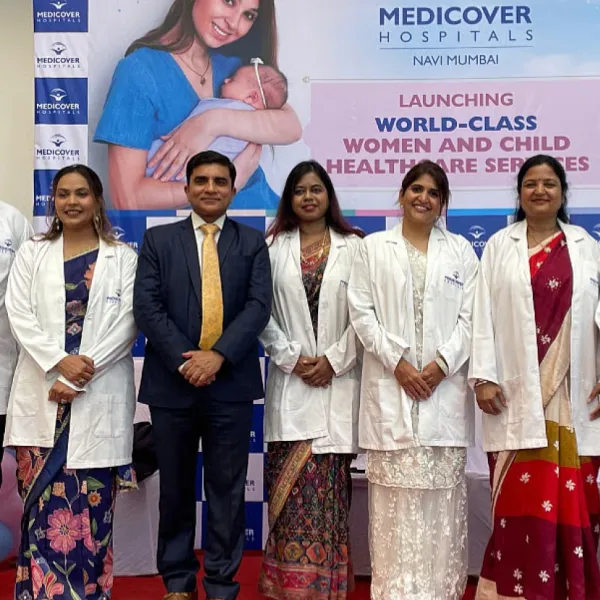IIIT-A Develops Low-Cost Device to Separate Blood Plasma in Mins

The device, priced at around INR 1,000, employs hydrodynamic techniques to efficiently separate blood components.
In a ground-breaking development, scientists at the Indian Institute of Information Technology, Allahabad (IIIT-A) have developed a low-cost device capable of separating blood plasma within minutes.
The project, funded by the Department of Science and Technology (DST), Government of India, has been granted a 20-year patent. The findings were also published in the Royal Society of Chemistry journal in the United Kingdom.
The device, priced at around INR 1,000, employs hydrodynamic techniques to separate blood components. It offers a cost-effective alternative to existing machines, typically costing several lakhs of rupees.
Currently, separating plasma from a single unit of blood typically takes 10 to 15 minutes using conventional equipment.
The new solution, developed by a team led by Dr Amit Prabhakar, Associate Professor, from the Department of Applied Sciences, drastically reduces this time while cutting costs significantly.
“The device works on the principle of hydrodynamic techniques, a simple yet highly effective application of general science. It uses micro-channels that allow one drop of purified liquid output per second. It can separate different blood components, be it red blood cells (RBC), white blood cells (WBC), platelets, and plasma, and that too with high precision. Likewise, when it comes to water purification, it efficiently filters out bacteria and suspended particles,” said Dr Amit.
The research project, which was active between 2015 and 2020, involved contributions from MTech students Ankur Jaiswar, Praveen Kumar, and Amar Dhwaj. Following the project's completion, the team filed five patents, three of which have already been granted.
“With continued support, this could mark a major step forward in India's push for self-reliance in healthcare and sanitation technologies,” Dr Amit added.
With its affordability and multifunctional use, the device is expected to significantly impact primary healthcare delivery and public health in resource-limited areas.
Stay tuned for more such updates on Digital Health News.
Stay tuned for more such updates on Digital Health News





























